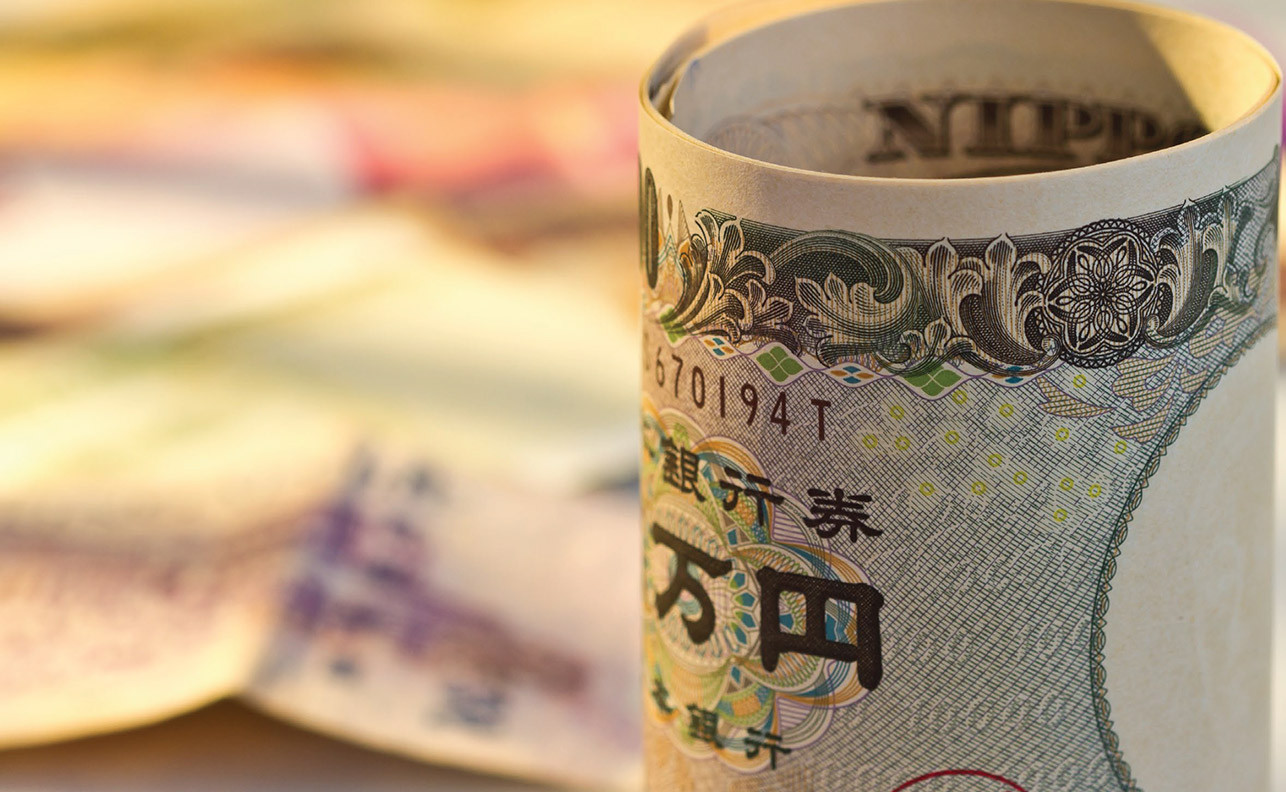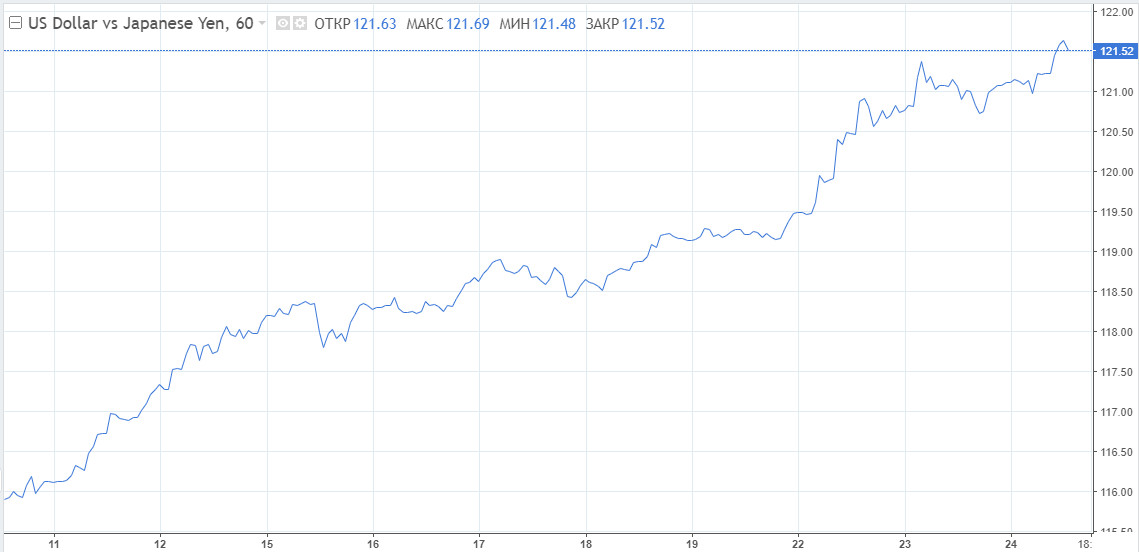
The Japanese yen has fallen actively for the third week in a row. Buyers of USD/JPY are moving up one pattern after another. USD/JPY went above 120.70 and on Wednesday consolidated above 121.00 and is also trading higher today. It has gained more than 5% in value since March. The last time it was this high was six years ago.
Analysts have repeatedly drawn attention to the oversold nature of the instrument and talked about an imminent correction, but USD/JPY continues to rise steadily. The Japanese currency is not only falling against the dollar. GBP/JPY has soared by 6% and EUR/JPY has gained 7% during this time since March.
There are reasons for the yen to fall. Maybe they are not as aggressive as the yen, but that is another matter. Japan's currency has started to have a defensive function, as there has been a systematic return to risk lately, despite the globally difficult situation and the Russo-Ukrainian crisis. Markets have become more attentive to the reaction and comments of the monetary authorities on accelerating inflation.
Many of the world's big banks have moved to tighten policy. The Fed has signalled its intention to act more harshly. A rate hike of just half a percentage point is expected at the next meeting. The policy of the BoJ is directly proportionate. The latest comments from the country's regulator, which has made it clear that it does not intend to proceed with a rate hike, have put even more pressure on the yen.
The Japanese currency's position on the world market is worsening its dependence on oil and metal imports. The export-oriented country is increasingly sinking into a trade deficit. In the meantime, previously sustained surpluses have helped the yen to remain strong. The exchange rate has even risen during periods of increased market turbulence.
The current crisis with exorbitantly high commodity prices is forcing the central bank to choose its policy towards government bonds on the balance sheet and the general level of government debt. The US and Europe are tightening their rhetoric and Japan is deliberately not rushing to follow them up. The authorities are demonstrating calm, taking advantage of the weak yen. Right now, a falling yen doesn't bother Japan at all, but what happens if it falls much harder? We will have to wait to see how it reacts.
The benefits of a low yen are clear. However, what if investors' high confidence in the Japanese currency is undermined? Furthermore, loss of exchange rate control could lead to an increase in sales in Japanese government debt exceeding 250% of GDP. The mildest solution might be to reduce government debt by accelerating inflation. The central bank has to remain a big buyer in order to prevent sovereign debt from becoming more expensive. Such a policy would continuously put pressure on Japan's national currency.
Outlook for yen
USD/JPY continues to gain support above the 121.00 mark, trading with an intraday gain of 0.3% on Thursday. High US yields mean that the US currency is a better defensive asset to hedge geopolitical risk than the yen. Combined with the Japanese economy's vulnerability to high energy prices, the chance of a rebound in the yen is minimal. However, USD/JPY looks overbought in many indicators.
Analysts are expecting the quote to continue to rise. Many market players are revising upward estimates for the currency pair. Bank of America expects USD/JPY to reach 123.00 in the third quarter on the back of yen oversupply in the summer.
The UOB Group believes that USD/JPY could move further north and break the 122.00 area in the coming weeks.
Some downward pressure on the USD/JPY pair is possible today. Conditions remain overbought and upward momentum is showing the first signs of weakening. It is unlikely that the dollar will move further upwards. It is likely to trade in a sideways 120.70-121.50 range on Thursday.

 English
English 
 Русский
Русский Bahasa Indonesia
Bahasa Indonesia Bahasa Malay
Bahasa Malay ไทย
ไทย Español
Español Deutsch
Deutsch Български
Български Français
Français Tiếng Việt
Tiếng Việt 中文
中文 বাংলা
বাংলা हिन्दी
हिन्दी Čeština
Čeština Українська
Українська Română
Română

